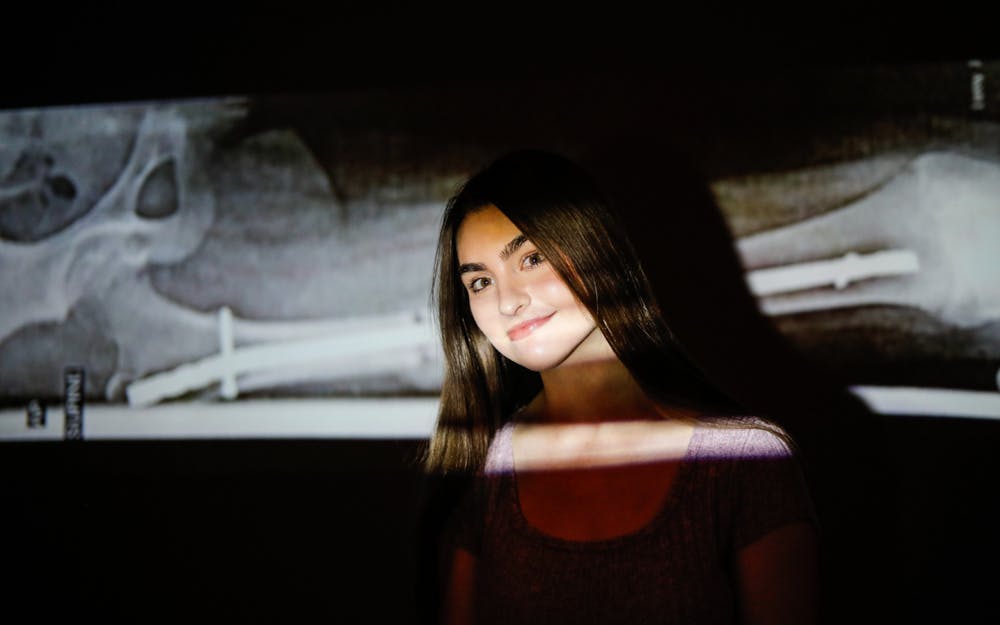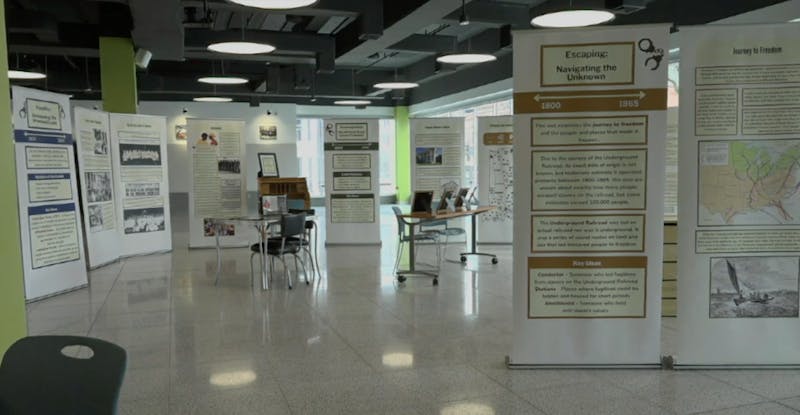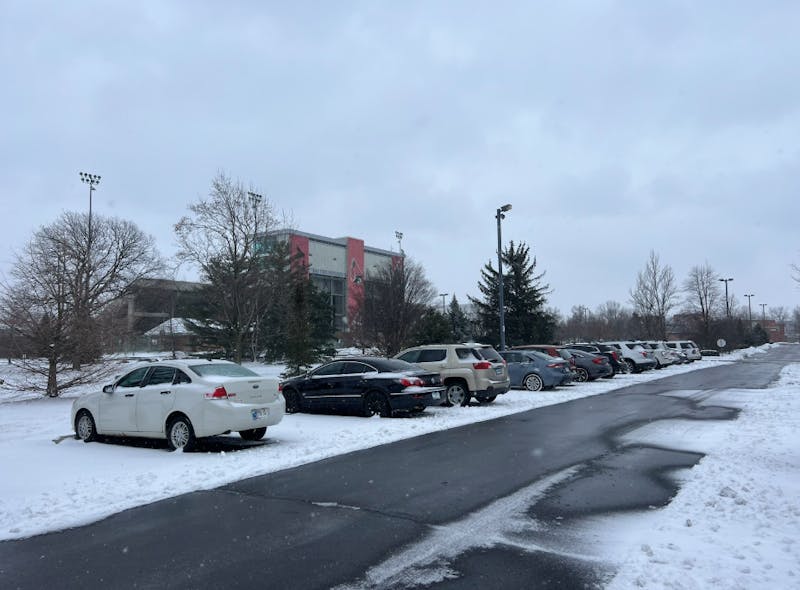Jayden Vaughn is a second-year journalism major and writes “The Community Chronicle” for the Daily News. Her views do not necessarily reflect those of the newspaper.
My journey with bilateral femoral anteversion is a strange one.
At the age of nine years old, I was no stranger to leg pain. Whenever I walked, wherever I went, pain followed closely behind me. It was just as familiar as my own shadow — another constant in my life. It got so bad that I could barely go to the store with my family because my legs hurt from walking down the aisles.
I thought it was normal. It was my normal.
However, all of that changed when one day my mom noticed that there was something wrong with the way that I walked. That began the long and tedious process of getting diagnosed with a condition that was most common in infants, not children who were about to hit double digits.
From that day on, it was a constant battle of trying to get a doctor to tell me something I didn’t already know. One doctor diagnosed me as being a girl — shocking, right? — and another doctor diagnosed me as being lazy.
I thought that I was going crazy. I thought that my pain was all in my head.
Then, my luck seemed to change when I was around 11 years old and was brought to Shriners Children's Hospital in St. Louis. There, I met an orthopedic surgeon who gave me one of the greatest gifts of my life: a proper diagnosis.
I had bilateral femoral anteversion, otherwise known as “knock knee” or “pigeon toe,” a condition where your femur bones turn inward and cause your legs to be crooked. After years of dealing with unexplained leg pain, I finally had an answer. I had proof that my pain was real.
The next steps that I needed to take were a struggle. Although I was given physical therapy exercises, they only aggravated me or did nothing to help. I was waiting for results that were never going to show, and the lack of progress was making me lose more and more hope with each exercise I forced myself to do.
Surgery was the last thing that my family wanted to put me through. Oddly enough, I was the one who agreed to it right away.
My options were simple: have double leg surgery to correct my anteversion or risk being wheelchair-bound by the time I was 25.
So, on Halloween 2018, when I was 13 years old, I had a double bilateral derotation osteotomy. Essentially, I had my femur bones drilled in half, turned straight and had metal rods placed down my legs in order to keep them in position.
When I woke up after that procedure, I had metal in my legs from my hips to my knees.
I’ve basically won the fun fact lottery.
My recovery was one of the worst experiences of my entire life. I had to learn how to walk all over again, and most days, I thought I never would. Every time I tried to take a step, I would be reminded that my bones were literally drilled in half and only being held in place by screws and bolts.
I was bedridden and forced to use crutches, a walker and a wheelchair if I wanted to go anywhere. Not to mention that the physical therapy exercises were a different kind of agony.
It was a long two months. Not being able to do the most basic tasks without help from my family and friends frustrated me to no end. There was no school, no nights with friends and no thrilling teenage experiences.
I think that I was scared of healing. No matter how much I wanted to recover, I was terrified to take the necessary steps. I was stuck in the mentality that I would never get better, and day after day, I fell deeper into my negative thoughts.
It wasn’t a linear process, and to this day, it remains the most challenging time in my life. But a lifetime without pain was worth a few months of misery. Now, all I have to show for those months is a row of scars down my legs.
I’m one of the lucky ones. I had a wonderful family and amazing friends who were by my side the whole time.
I was even luckier than I thought because my family didn’t have to pay for it.
Shriners Hospital is a nonprofit organization that thrives off of donations. Unfortunately, not every hospital is like that, and not everyone is fortunate enough to have access to a hospital like Shriners.
Health care is already expensive enough. According to research done by KFF, approximately 47 percent of the United States can’t afford health care and will neglect their health or postpone necessary appointments because of the cost. Furthermore, roughly 41 percent of adults claimed they have debt due to medical bills. If we look at that number closer, it gets significantly worse.
According to the Peterson RFF Health System Tracker, nearly 20 million people have medical debt, resulting in the total amount of medical debt in the United States being over $220 billion. That same article states that even though debt expands across all demographic groups, people with disabilities, poor health, lower-income households and those who are uninsured are more likely to have medical debt.
If I think about it, I’ve been surrounded by surgeries my entire life. Growing up, my little brother had to have multiple surgeries, and our dad has had more than twenty throughout his life.
It doesn’t take long for the prices to add up.
Standard hospital trips, according to Debt.org, average over $13,000 per stay, and simple surgeries can cost as much as $100,000. That’s not to mention the various tests and examinations that happen once you walk through the doors of a hospital.
I am forever grateful for the gift that I was given at 13 years old. Because of my surgery, I was able to be a teenager without consequences and restrictions. Even better, I didn’t have to feel guilty about a bill hanging over my family’s head.
Health care is something that everyone is entitled to. Life-changing surgeries are something that everyone should have available to them, and they shouldn’t cause a strain on their financial situation in the process.
Contact Jayden Vaughn via email at jayden.vaughn@bsu.edu.





The Daily News welcomes thoughtful discussion on all of our stories, but please keep comments civil and on-topic. Read our full guidelines here.